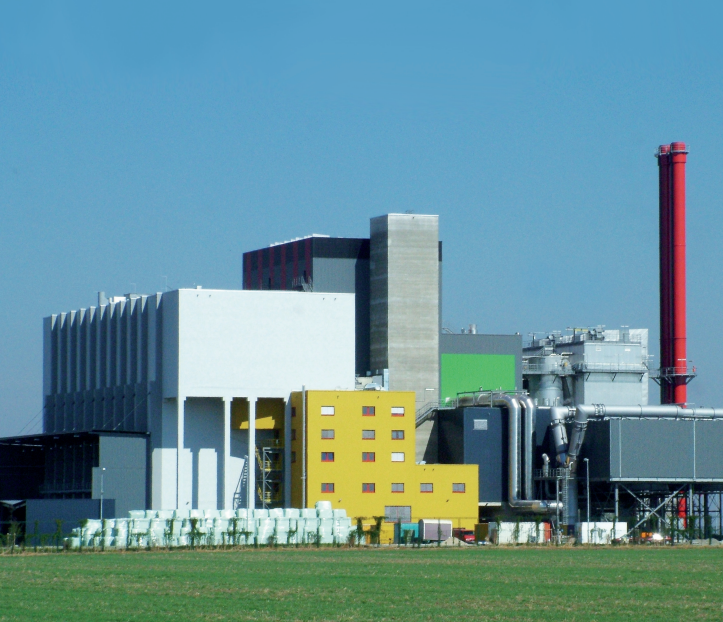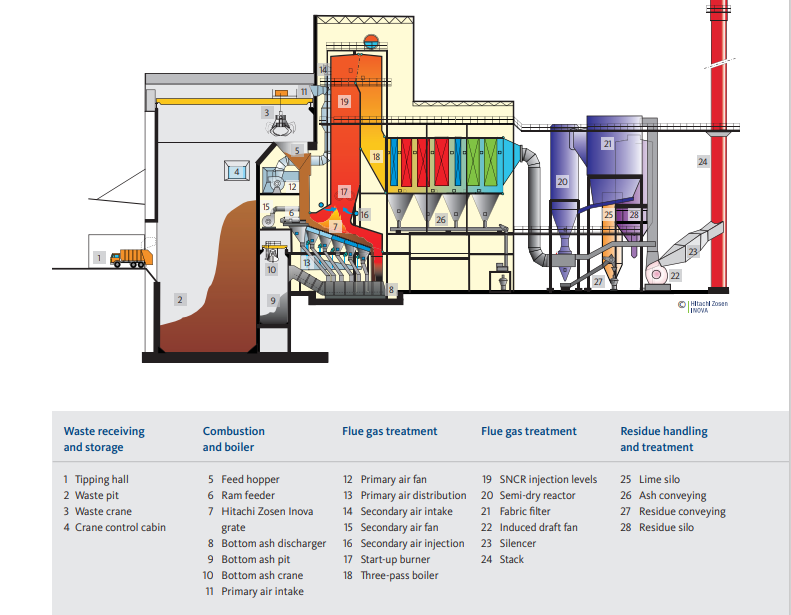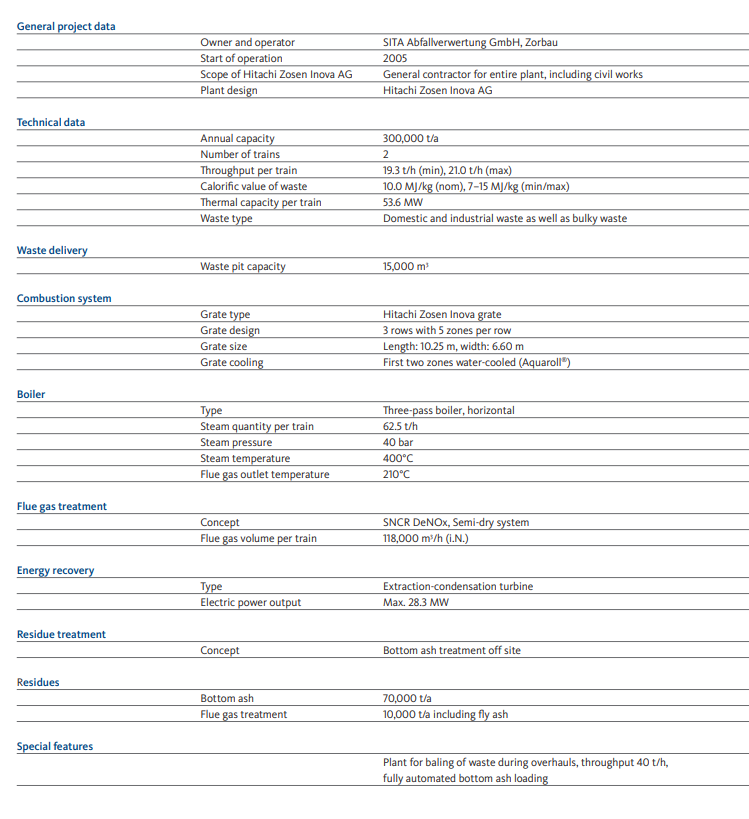Zorbau / Germany
Zorbau / Germany
Zorbau – a regional-scale plant for centralised waste treatment

The triangle formed by the states of Saxony-Anhalt, Saxony, and Thuringia is one of Germany’s industrial growth areas. This makes orderly local processing of waste an important concern. The AVS Zorbau waste treatment plant, located some 30 km southwest of Leipzig, has been providing reliable around-the-clock treatment of domestic, commercial, and industrial wastes since June 2005. At 300,000 t/a, AVS Zorbau is among the largest capacity plants in Germany.
The facility is owned and operated by SITA Abfallverwertung GmbH, a subsidiary of SITA Deutschland GmbH and Stadtwerke Gera AG. As general contractor, Von Roll Inova, today’s Kanadevia Inova, handled the overall development, from planning through to on-time commissioning in early 2005. Construction took about two and a half years, and commercial service began while the plant was still in trial run.
Logistical concept for waste delivery boosts availability.
A high-performance logistics concept regulates the efficient unloading of the 100 to 120 vehicles that arrive daily from the region. Ten tipping bays at the waste pit shorten waiting times and two waste cranes assure that the two combustion trains can be fed sufficiently at any time. For times of restricted capacity, as during overhauls, AVS Zorbau has its own interim storage for waste that cannot be treated immediately. A machine charged from the waste pit compacts such waste into bales and wraps it in plastic film. In this way, waste can be held for several weeks. The bales are then retrieved and included in the incineration charge when the plant is running at full capacity again.
Up-to-date technologies for safe and economical waste treatment.
The incineration plant comprises two process trains, each with a maximum waste capacity of 21 t/h. Waste is combusted on a three-row Kanadevia Inova grate with water cooling in the first two zones. A “calorific value navigator” integrated into the instrumentation and control system adjusts the combustion conditions rapidly and reliably to deal with continuously changing waste fractions. This technique ensures optimal burnout of the most varied wastes. The pollution section control keeps the plant in compliance with the limits of European emission regulations at all times, even when handling waste with elevated levels of pollutants. This operation takes place in two stages: destruction of nitrogen oxides by SNCR (selective non-catalytic reduction) followed by Semi-dry treatment for safe removal of gaseous pollutants as well as heavy metals and dioxins. A fully automated loading system specially designed for AVS Zorbau loads bottom ash into trucks for offsite treatment.
Waste to Energy.
The energy produced in the combustion process is currently used to supply electricity for 40,000 households. After three years of operation, in August 2008, AVS Zorbau also successfully commissioned a CHP connection for the delivery of heat to a nearby industrial park and several villages.

